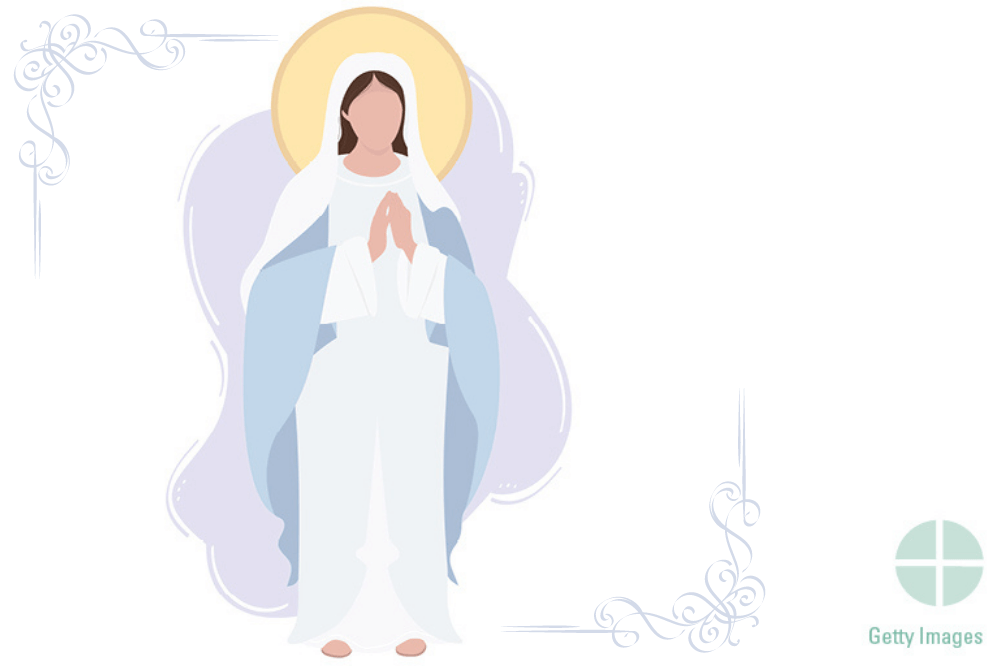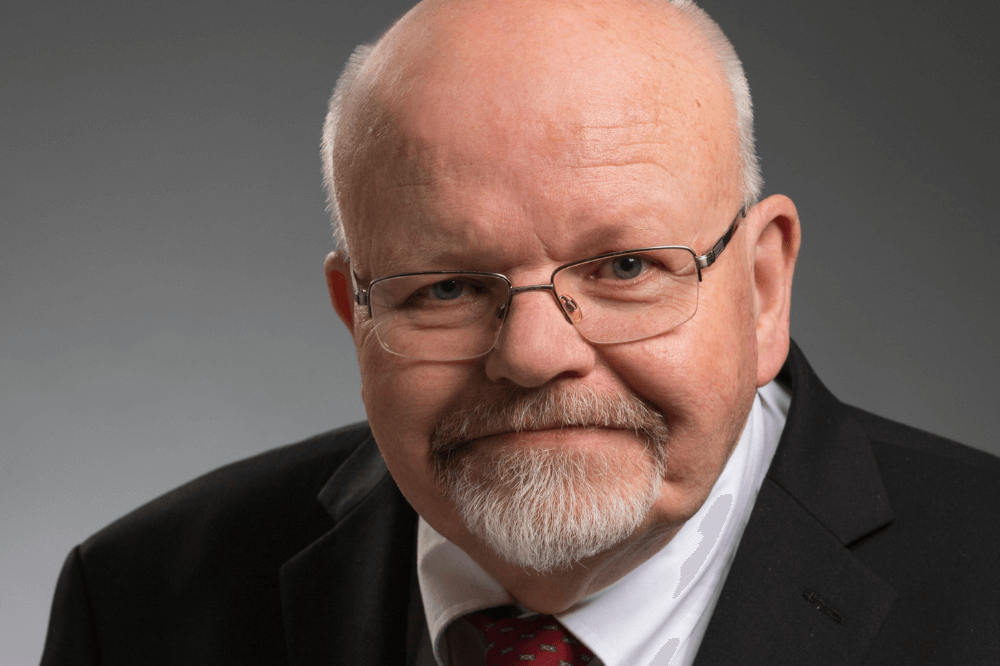
On November 1, 1950, Pope Pius XII declared the Assumption of the Blessed Virgin Mary, which the Church celebrates every year on August 15. Simply put, the dogma of the Assumption states that at the end of her life, the Blessed Virgin Mary was taken, body and soul, into Heaven. While this event isn’t reflected in Sacred Scripture, it is clearly part of the Church’s earliest observance. In the sixth century, St. John Damascene wrote in one of his sermons, “Your sacred and happy soul, as nature will have it, was separated in death from your most blessed and immaculate body, and although the body was duly interred, it did not remain in the state of death, neither was it dissolved by decay; your most pure and sinless body was not left on earth, but you were transferred to your heavenly throne.”
Únase al Obispo Walkowiak para la misa del mediodía (en español) en la Catedral el 15 de agosto/Join Bishop Walkowiak for Noon Mass (in Spanish) at the Cathedral on Aug. 15:
Catedral de San Andrés/Cathedral of Saint Andrew
301 Sheldon Blvd. SE
Grand Rapids, MI 49503
Asista a la misa en persona o mire en vivo en el sitio web diocesano o en la página de Facebook/Attend Mass in person, or watch live on the diocesan website or Facebook page
Theologically speaking, death is often understood to be a consequence of original sin. Since Mary was conceived without original sin, some theologians have wondered if Mary died or if perhaps she was taken into Heaven without experiencing death. The Catechism of the Catholic Church doesn’t answer this question but simply states, “The most blessed Virgin Mary, when the course of her earthly life was completed, was taken up body and soul into the glory of heaven” (no. 974). The Solemnity of the Assumption reminds us of the unique role that Mary served in the process of our salvation. Although she was without sin, we have the possibility of receiving God’s forgiveness for our sins through Christ. Her entry into Heaven prefigures our own hope of experiencing the same eternal life.
Ordinarily, the celebration of the Solemnity of the Assumption of the Blessed Virgin Mary is a holy day of obligation for Catholics, but when it falls on a Saturday or a Monday, that obligation to attend Mass is lifted. The Mass has a proper vigil, and the solemnity replaces the Mass of the day when it occurs on a Sunday in Ordinary Time as it does this year. Since the holy day falls on a Sunday, it is only necessary for Catholics to attend Mass once to fulfill their Sunday Mass obligation.
Background
This solemnity was first called the Feast of Mary, Mother of God. Later, its name in the East carried over: the Dormition (or Falling Asleep) of Mary. In the West, it became known as the Assumption of the Blessed Virgin Mary. This holy day celebrates the fact that Mary’s Assumption is “a pledge of the future participation of the members of the mystical Body of Christ in the paschal glory of the Risen Christ.” It shows that the Lord “reserves a munificent reward for his humble Servant because of her faithful cooperation with the divine plan, which is a destiny of fullness, happiness, glorification of her immaculate soul, her virginal body, perfect configuration to her Risen Son” (Directory, no. 180).
(from the USCCB’s Catholic Current bulletin insert for August 2021)
Additional resources
Scripture readings for August 15 (USCCB)
Prayer for the Solemnity of the Assumption of Mary



